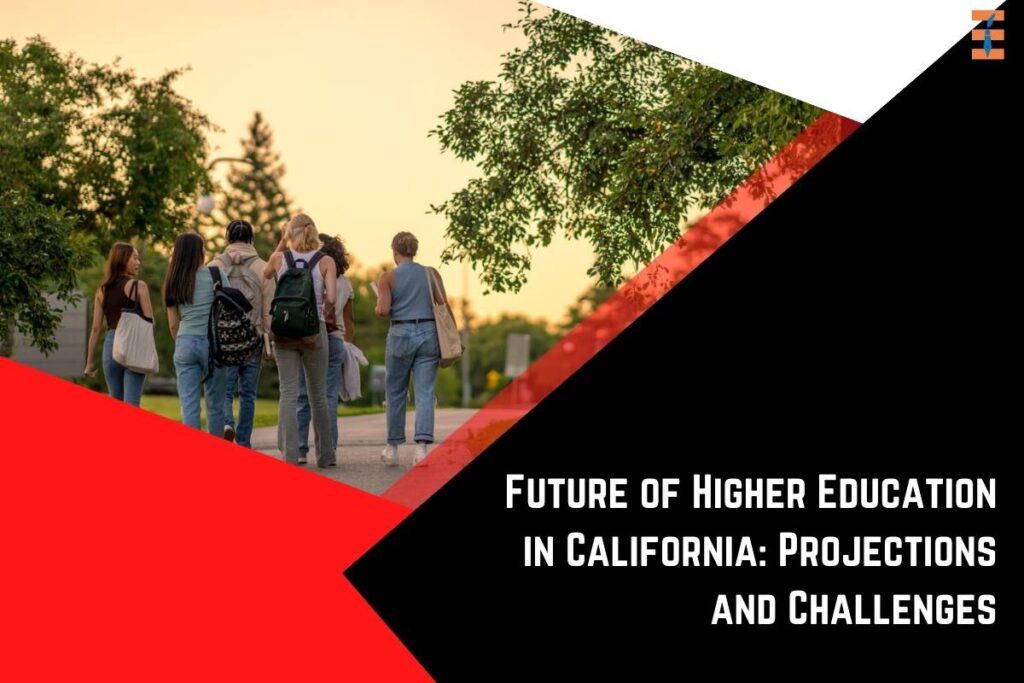Higher education in California has played a crucial role in driving economic mobility and well-being. However, recent demographic changes and the impact of the pandemic have led to declining enrollment in many of the state’s colleges and universities. Despite these challenges, projections by the Public Policy Institute of California (PPIC) suggest a positive outlook for higher education enrollment until 2035.
The number of young adults in California, the demographic most likely to attend college, is expected to grow very slowly or remain stagnant over the next two decades. Despite this, the PPIC projects a slight increase in college enrollment until 2035. This anticipated growth is attributed to a resurgence in college-going rates, which had been on an upward trajectory before the pandemic.
Key drivers of this increase include a higher percentage of high school graduates completing the college prep courses required for admission to the University of California (UC) and the California State University (CSU). From 2010–11 to 2020–21, the number of high school graduates increased marginally from 411,000 to 418,000. However, the percentage of these graduates completing A–G coursework rose significantly from 37% to 52%.
Community colleges, however, are likely to face more significant challenges in boosting enrollment compared to four-year institutions. Projections indicate that community colleges will experience limited growth post-pandemic, with any increases in enrollment dependent on improved persistence among students. On the other hand, UC is expected to see robust growth, while CSU and private nonprofit colleges will experience more modest increases.
Diversity and Inclusion in Higher Education in California
Diversity in California’s colleges is projected to improve, driven by the increased completion of A–G coursework among high school graduates. This improvement is expected to result in a higher percentage of Latino students enrolling at UC and CSU. However, the share of Black students is not projected to change significantly due to declining populations of young Black adults, which will offset any increases in participation rates. The percentage of white students will vary by institution, while college-going rates will continue to be highest among Asian students.
These projected enrollment increases are essential for California to achieve its goal of having 40% of working-age adults with bachelor’s degrees by 2035. Currently, 57% of residents aged 25–54 who were born outside of California hold college degrees, compared to only 35% of California-born young adults. Increasing college completion rates among young Californians is crucial for improving educational mobility and closing equity gaps within Higher Education in California.
One strategy to enhance college completion rates is to focus on the educational pathway from grade 9 through high school and onto college. Currently, only about 35% of California ninth-graders earn a bachelor’s degree by their mid- to late 20s. Setting a new goal of 45% of young Californians obtaining degrees would complement existing state objectives and allow policymakers and education officials to focus efforts on supporting students and young adults during critical decision-making periods in their educational journeys.
Funding and Policy Implications
The projections of enrollment growth assume that California’s university systems can expand to meet the increased demand. Securing funding for this expansion is a perennial challenge. California has a long-standing tradition of public investment in higher education, and a flexible approach combining tuition increases with enhanced financial aid could make Higher Education in California finance more predictable and sustainable.
Continued increases in A–G completion among high school graduates are also a fundamental assumption underlying these projections. Despite significant progress over the past two decades, the pandemic has introduced worrying trends, such as increased absenteeism. Local policies and practices, including making A–G the default curriculum and fostering a college-going culture, can positively influence these trends.
The overarching goal is clear: if California can boost the number of residents who enroll in and graduate from college, the state will maintain its reputation as a land of opportunity. By addressing the challenges and leveraging opportunities, California can ensure its higher education system continues to drive economic mobility and well-being for future generations.

